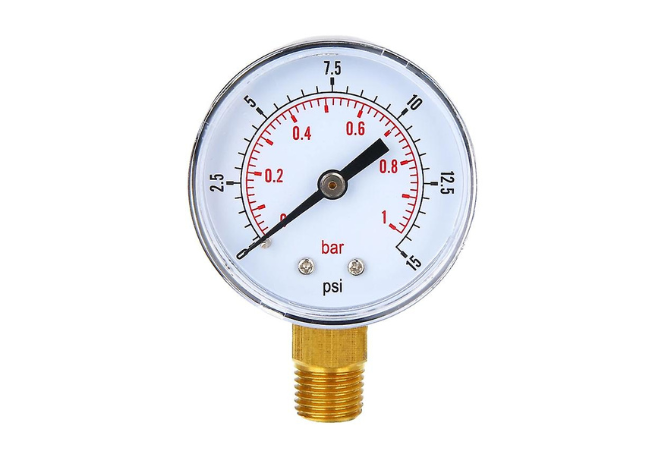What Are Float Switches? Unveiling Their Role in Flow Switches and Fluid Control Systems
Introduction: Understanding Float Switches
Float switches are crucial components in managing and monitoring liquid levels across various applications. These devices play an indispensable role in ensuring the efficiency and safety of fluid control systems. Whether in industrial environments, residential settings, or commercial systems, float switches help automate operations, prevent overflows, and maintain proper fluid levels. This post explores the mechanics of float switches, their integration with flow switches, and their vital functions within fluid control systems.
The Mechanics of Float Switches: How Do They Operate?
Float switches are relatively simple devices designed to detect and monitor liquid levels in tanks, vessels, or sumps. Here’s a breakdown of how these switches operate:
-
Activation Mechanism: A float switch features a buoyant lever or float ball that rises and falls with the liquid level.
-
Switching Action: As the liquid level changes, the float moves, triggering a switch that activates or deactivates a device, such as a pump or an alarm.
-
Electrical Connectivity: The switch’s action completes or interrupts an electrical circuit, initiating the necessary response to adjust the fluid level.
Integration with Flow Switches and Fluid Control Systems
Float switches are often integrated into broader fluid control systems, including flow switches that monitor fluid movement rather than fluid level. Here’s how they contribute to these systems:
-
Complementary Functions: While float switches manage liquid levels, flow switches control the rate of flow, ensuring systems operate within their designed parameters.
-
System Synergy: Together, they provide a comprehensive monitoring solution that enhances system efficiency and reliability.
-
Application Specificity: In systems like HVAC units, water treatment plants, and brewing facilities, the combination of float switches and flow switches ensures optimal operational conditions.
Key Types of Float Switches and Their Applications
Various types of float switches cater to different industrial needs:
-
Vertical and Horizontal Float Switches: Used according to space constraints and the specific nature of the liquid tank.
-
Magnetic and Mechanical Float Switches: Chosen based on the required durability and sensitivity. Each type has its specific suitability, from simple residential applications like sump pumps to complex industrial processes in chemical plants.
Benefits of Using Float Switches in Fluid Control Systems
Incorporating float switches into fluid control systems brings several advantages:
-
Prevention of Water Damage: By controlling pumps to prevent overflow or dry running.
-
Automation of Tasks: Automating the filling and draining processes reduces manual intervention and enhances system reliability.
-
Energy Efficiency: Minimising the operation of pumps according to actual needs, leading to energy savings.
Essential Considerations When Choosing Float Switches
Selecting the right float switch involves several critical considerations:
-
Material Compatibility: Ensuring the float switch materials are compatible with the fluids being monitored to avoid corrosion.
-
Mounting Options: Choosing between vertical and horizontal mounting based on tank dimensions and access.
-
Switching Capacity: The electrical capacity of the switch must be suitable for the load it will control.
Innovative Applications of Float Switches
Float switches are not just limited to traditional uses. They are also part of innovative applications across various sectors:
-
Environmental Monitoring: In ecological studies, precise water level control is crucial.
-
Smart Home Systems: Integrated into home automation systems for managing water tanks and sump pits.
-
Industrial Automation: Playing a key role in fully automated production lines where precise liquid level control is vital.
Conclusion: The Critical Role of Float Switches in Modern Industry
Float switches are more than just simple components; they are foundational elements of modern fluid management systems. Their ability to integrate seamlessly with flow switches and fluid control systems makes them indispensable in industrial and residential settings. By choosing the appropriate float switch for your application, you can enhance system efficiency, prevent potential disasters, and contribute to energy conservation.
In summary, understanding the operation, benefits, and applications of float switches helps in making informed decisions for any fluid management system, ensuring reliability and efficiency in any setup. Whether you are managing a small-scale operation or an extensive industrial process, the correct use of float switches is key to maintaining smooth and safe operations.




Comments
Post a Comment